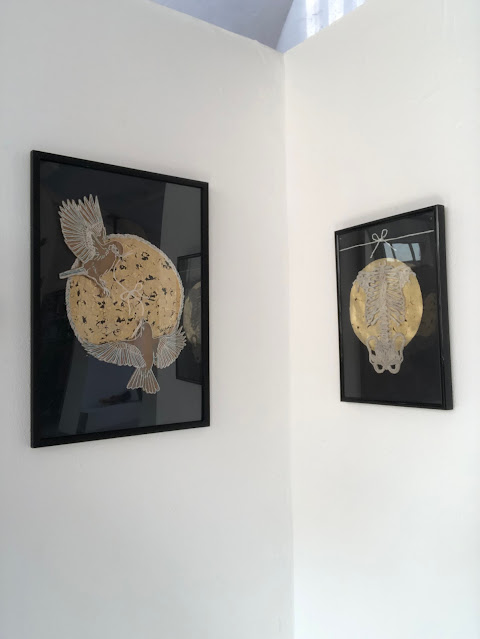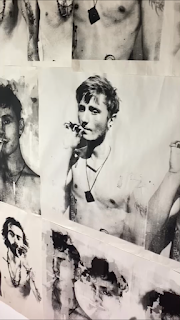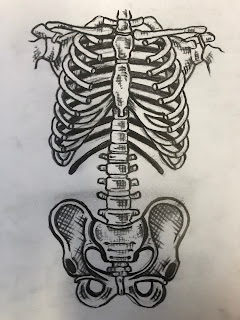6. STRUCTURE
Google Definition of Structure: The arrangement of & relations between the parts / elements of something complex
In art, structure refers to the relation of parts to the relative proportions of the component elements. In basic terms it refers to 6 elements; mass/volume, perspective, texture, line, shape, & colour. It is the way in which the elements of a work of art are arranged to create a sense of unity & coherence. It is the foundation for an art piece & provides the framework for all other aspects of the work. Structure is very important in artwork as it gives the work a sense of order, balance, & unity. It is the underlying form that ties the elements of the work together & gives it meaning. Every piece includes certain aspects from the 6 elements that have been thought about & placed that way to be more visually appealing, or to fit a theme or meaning.
The way lines and shapes and certain imagery is placed can completely change the way the artwork is viewed. Some compositions are more pleasing to the eye based off the way these elements are used. For example, this Wicker Man composition looks as though it uses a grid method to compose objects in a way that leads your eyes round certain parts of the piece.
.png)



Comments
Post a Comment